Breaking News


Popular News

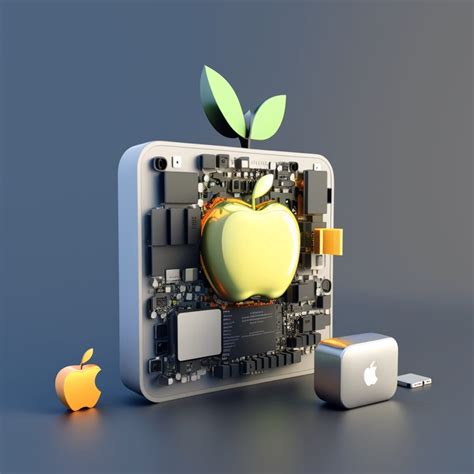
Explore the evolution of Apple’s product design, innovative materials, revolutionary form factors, cutting-edge technology, industry influence, and future direction in this insightful blog post.Since its humble beginnings in a garage in Los Altos, California, Apple Inc. has consistently led the charge in innovative product design. From the iconic Macintosh to the sleek and sophisticated iPhone, the company has continuously pushed the boundaries of what is possible in the realm of technology and design. In this blog post, we will explore the rich history of Apple’s design evolution, delving into the company’s groundbreaking use of materials and its revolutionary product form factors. We will also examine the integration of cutting-edge technology in Apple’s products and the profound influence it has had on the industry as a whole. Finally, we will take a look at the future of Apple’s product design and what we can expect from the tech giant in the years to come. Join us as we dive deep into the world of Apple’s innovative product design and discover what sets this pioneering company apart from the rest.
Contents

When we think about Apple products, one thing that stands out is their iconic design. The evolution of Apple’s design can be traced back to its early days with products like the Apple I and Apple II, which had a simple and minimalist design. As the company grew, so did its design philosophy, and we saw the introduction of the Macintosh, which had a more futuristic look with a built-in screen. This set the stage for the sleek and modern design language that Apple is known for today.
With the release of products like the iMac, iPod, and iPhone, Apple continued to push the boundaries of product design. The iMac, with its colorful translucent shell, was a departure from the beige boxes that dominated the computer market at the time. The iPod revolutionized the way we listen to music, and its sleek and minimalist design made it a fashion accessory as much as a tech product. The iPhone, with its glass and metal construction, set a new standard for smartphone design and paved the way for the modern smartphone era.
Apple’s design evolution is not just about aesthetics, but also about functionality. The company has always placed a strong emphasis on user experience, and its design choices reflect that. From the intuitive interface of the Macintosh to the touch-based interactions of the iPhone, Apple has continuously innovated in the way we interact with technology. This focus on user-centric design has set Apple apart from its competitors and has been a driving force behind its success.
| Key Milestones in Apple’s Design Evolution |
|---|
| Apple I and Apple II |
| Macintosh |
| iMac |
| iPod |
| iPhone |
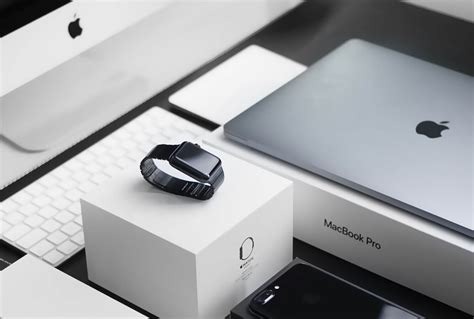
Innovative material usage in Apple products
Apple Inc. is known for its innovative approach to using materials in their products. From the iconic aluminum casing of their Macbooks to the ceramic and sapphire components in their Apple Watch, the company has consistently pushed the boundaries of what is possible in product design.
One of the most notable examples of Apple’s use of innovative materials is the introduction of the iPhone X, which featured a stainless steel frame and a glass back. This marked a departure from the aluminum construction of previous models, and demonstrated Apple’s commitment to exploring new materials to improve the functionality and aesthetic appeal of their products.
Another area where Apple has shown its innovative prowess is in the development of custom materials, such as the aluminum alloy used in the Apple Watch, which is not only lightweight and durable, but also allows for intricate designs and finishes that set the product apart from its competitors.
| Material | Product |
|---|---|
| Aluminum | Macbook, iPhone |
| Ceramic | Apple Watch |
| Sapphire | Apple Watch |
Apple’s innovative use of materials has not only influenced the design of their own products, but has also set a new standard for the industry as a whole. By constantly pushing the boundaries of what is possible in product design, Apple has inspired other companies to think outside the box and explore new materials and manufacturing techniques to create products that are both functional and visually stunning.

One of the key aspects of Apple’s innovation in product design is its revolutionary approach to product form factors. Apple has consistently pushed the boundaries of traditional product designs, redefining the way we interact with technology. From the sleek and compact form of the iPod to the groundbreaking design of the iPhone, Apple has continuously introduced products with form factors that have set new industry standards.
Moreover, Apple has also been known for its focus on ergonomic and user-friendly form factors, ensuring that its products are not only aesthetically pleasing but also highly functional. The company’s attention to detail in terms of product dimensions, weight, and feel in hand has significantly contributed to the success of its devices.
Additionally, Apple’s emphasis on minimalist design has led to the creation of products with sleek form factors that have simplified complex technological capabilities into intuitive and user-friendly devices. The company’s ability to integrate cutting-edge technology into sleek and elegant form factors has been a defining factor in its success and influence within the industry.
| Revolutionary product form factors |
|---|
| Key aspect of Apple’s innovation in product design |
| Setting new industry standards |
| Focus on ergonomic and user-friendly form factors |
| Emphasis on minimalist design |
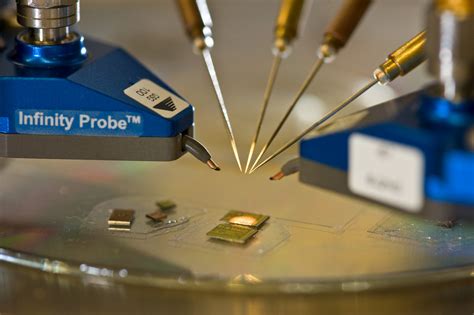
Apple has always been at the forefront of incorporating the latest technology into their products. From the introduction of the first iPhone with its capacitive touch screen to the more recent integration of facial recognition in the iPhone X, Apple has consistently pushed the boundaries of what is possible with cutting-edge technology.
Not only does Apple integrate cutting-edge technology into their products, but they also often pioneer new technologies that revolutionize the entire industry. For example, the introduction of the Apple Watch brought with it the integration of advanced health monitoring features and a completely new user interface, setting the standard for smartwatches to come.
One area where Apple has truly excelled is in the seamless integration of hardware and software. The company’s ability to create products that work seamlessly together, such as the iPhone and Mac ecosystem, sets them apart from their competitors. This level of integration allows for a more cohesive and user-friendly experience, showcasing the power of cutting-edge technology.
In conclusion, Apple’s commitment to integrating cutting-edge technology into their products has not only kept them at the forefront of the industry but has also set a new standard for innovation and user experience. As the company continues to push the boundaries of what is possible, we can expect to see even more groundbreaking technology integration in the future.
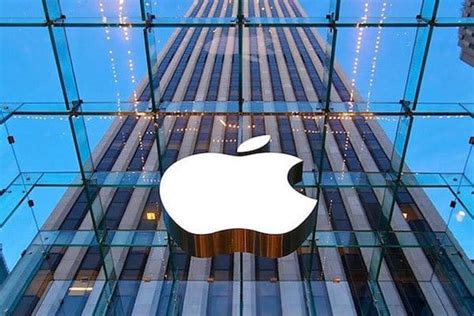
Apple’s design philosophy has had a significant impact on the entire technology industry. The company’s commitment to innovation and simplicity has set a new standard for product design. This has influenced not only other tech companies, but also industries beyond technology.
One of the key ways Apple has influenced the industry is through its emphasis on user experience. The company’s focus on creating products that are intuitive and easy to use has raised the bar for all consumer technology. This has pushed other companies to prioritize user-centric design and has ultimately led to a higher standard of quality for consumer products across the board.
Additionally, Apple’s attention to aesthetics has set a new standard for what is considered visually appealing in the world of technology. The sleek and minimalistic design of Apple’s products has reshaped the way consumers perceive and value the appearance of their electronic devices. This has led to a greater emphasis on product design across all industries, as companies recognize the importance of not only functionality, but also visual appeal.
| Ways Apple has influenced the industry: |
|---|
| User experience |
| Aesthetics |
| Functionality |
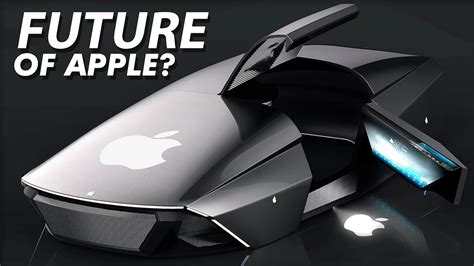
As we move into the future, the innovation in Apple’s product design is expected to continue pushing boundaries and setting new standards for the industry. With advancements in technology and material usage, products from Apple are likely to become even more sleek, functional, and environmentally friendly.
The integration of cutting-edge technology such as AR/VR, AI, and machine learning will play a significant role in shaping the future of Apple’s product design. These technologies offer endless possibilities for creating innovative and interactive user experiences, which will undoubtedly be reflected in Apple’s future product lineup.
Furthermore, the influence of Apple’s design on the industry is likely to continue, with other companies following in the footsteps of Apple’s minimalist and user-centric approach to product design. This influence will drive further competition and innovation in the industry as a whole.
In conclusion, the future of Apple’s product design holds great promise, with a focus on groundbreaking technology, sustainable materials, and a continued impact on the industry at large.

What are some key innovations in Apple’s product design?
Some key innovations in Apple’s product design include the introduction of the iPod, iPhone, and iPad, as well as the use of minimalist and sleek design aesthetics.
How has Apple’s product design influenced the tech industry?
Apple’s product design has set a new standard for the tech industry, inspiring other companies to prioritize user-friendly and aesthetically pleasing designs in their own products.
What role does design thinking play in Apple’s product development?
Design thinking plays a crucial role in Apple’s product development, allowing the company to empathize with users, define problems, ideate, prototype, and test to create innovative and user-centered products.
Can you give an example of a game-changing design feature in Apple’s products?
One game-changing design feature in Apple’s products is the introduction of the touchscreen interface in the iPhone, which revolutionized the way users interact with smartphones.
How does Apple balance form and function in its product designs?
Apple balances form and function by prioritizing both the aesthetic appeal and the practical utility of its products, creating a seamless and intuitive user experience.
What design principles does Apple prioritize in its product development?
Apple prioritizes design principles such as simplicity, minimalism, attention to detail, and human-centric design in its product development.
How has Apple’s design philosophy evolved over time?
Apple’s design philosophy has evolved from a focus on skeuomorphic design to a more minimalist, flat design approach, while still maintaining a commitment to innovation and user experience.